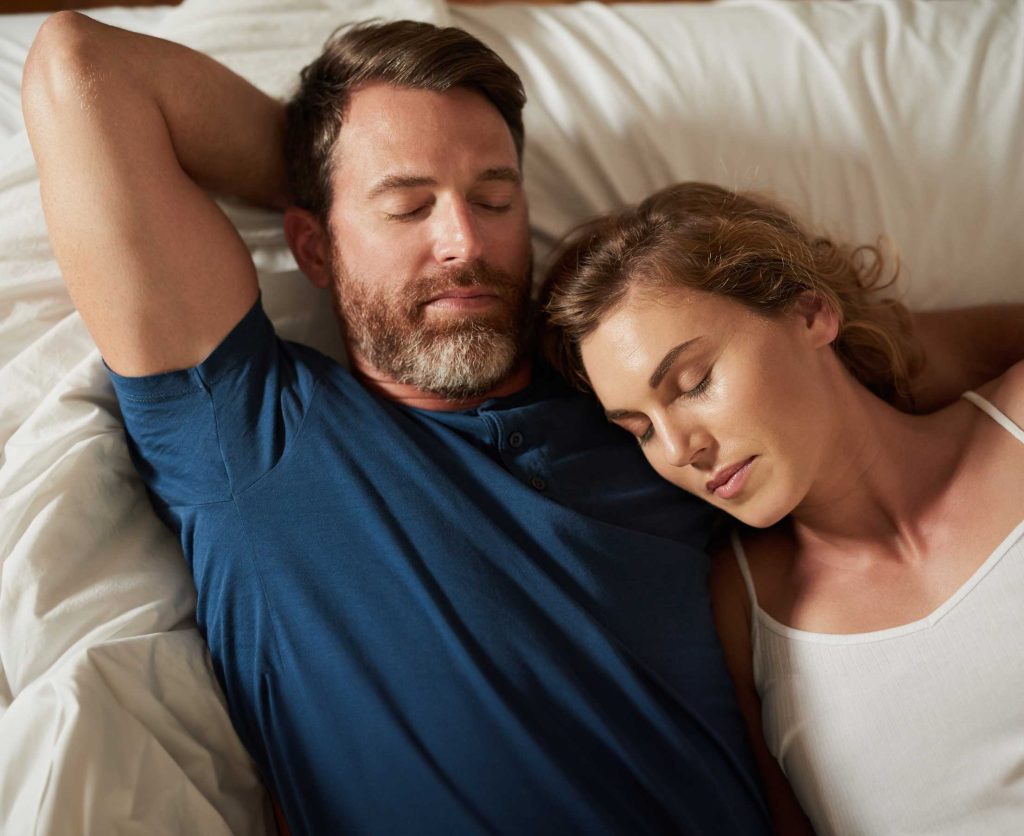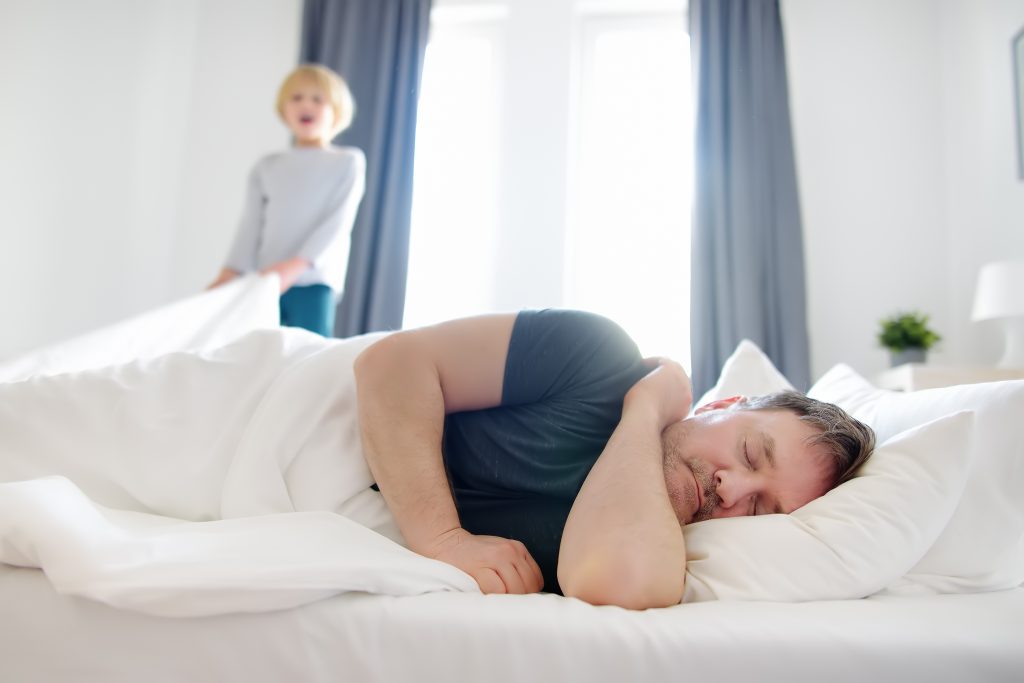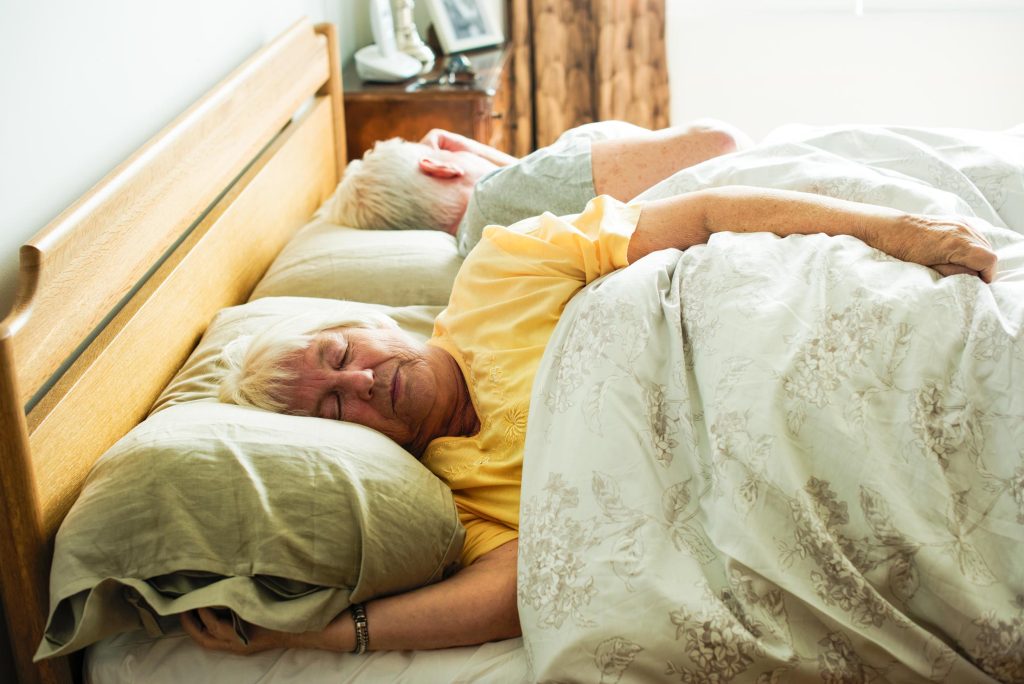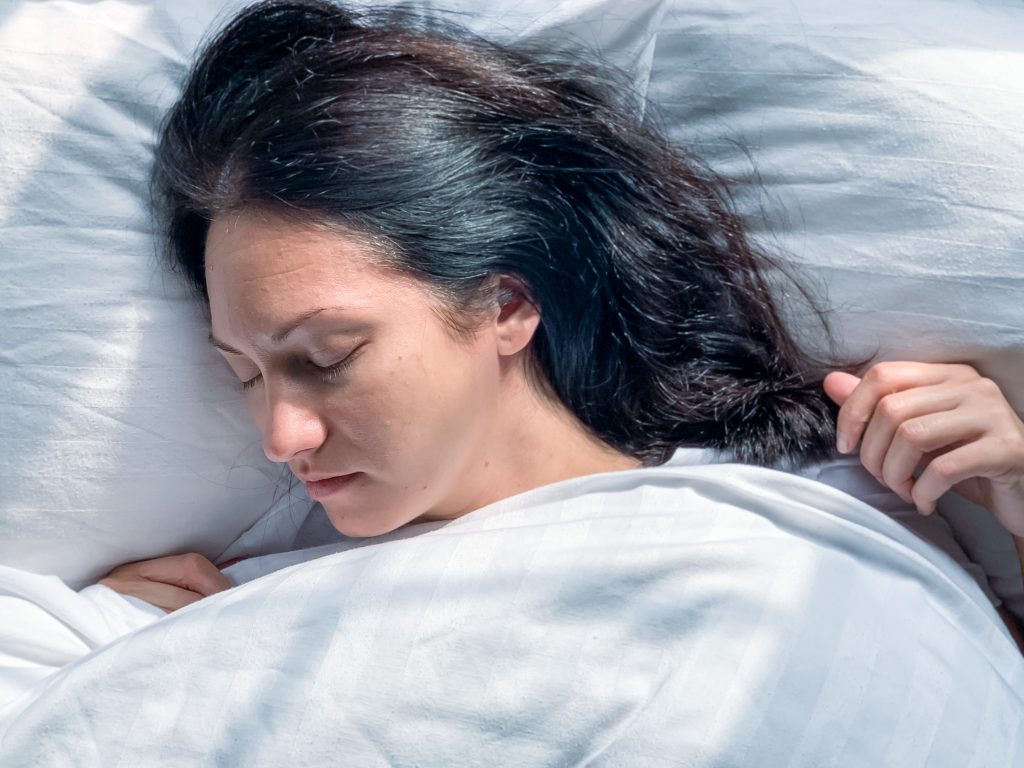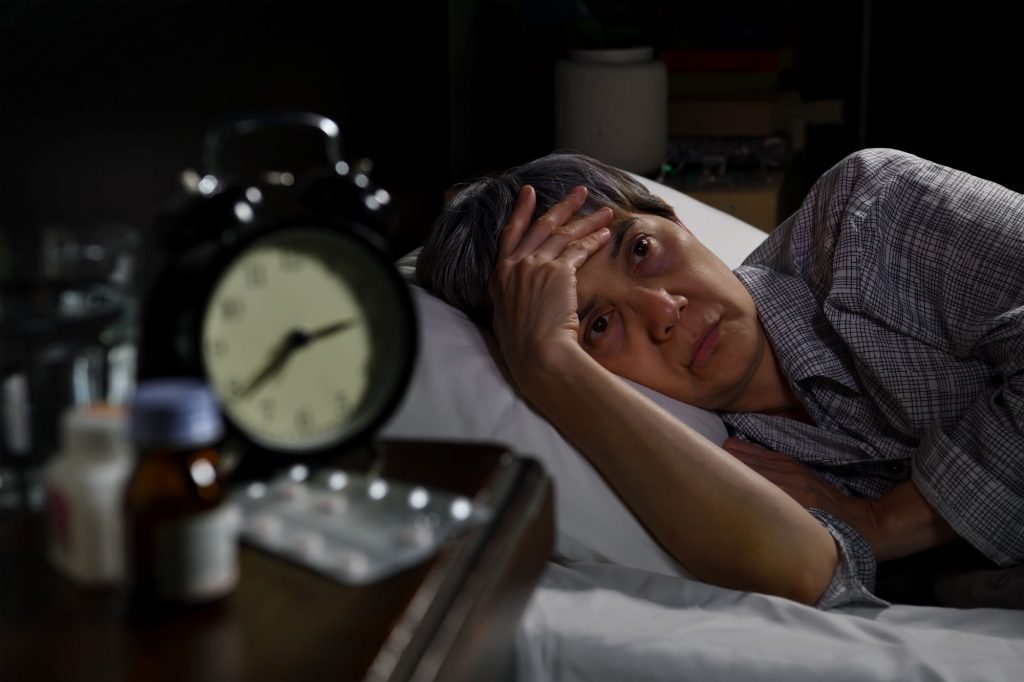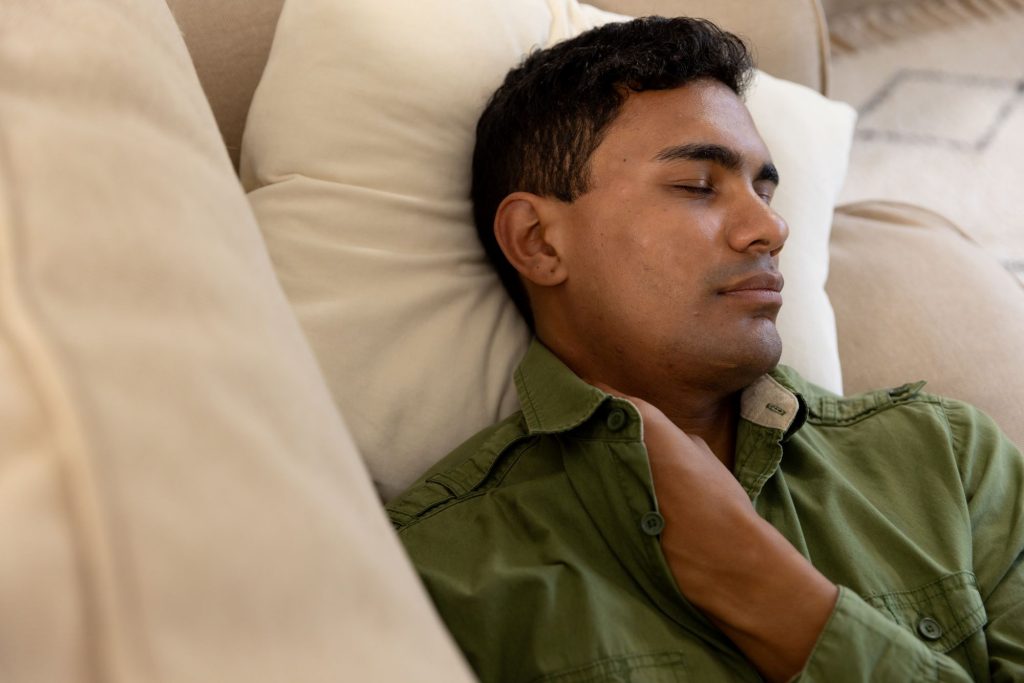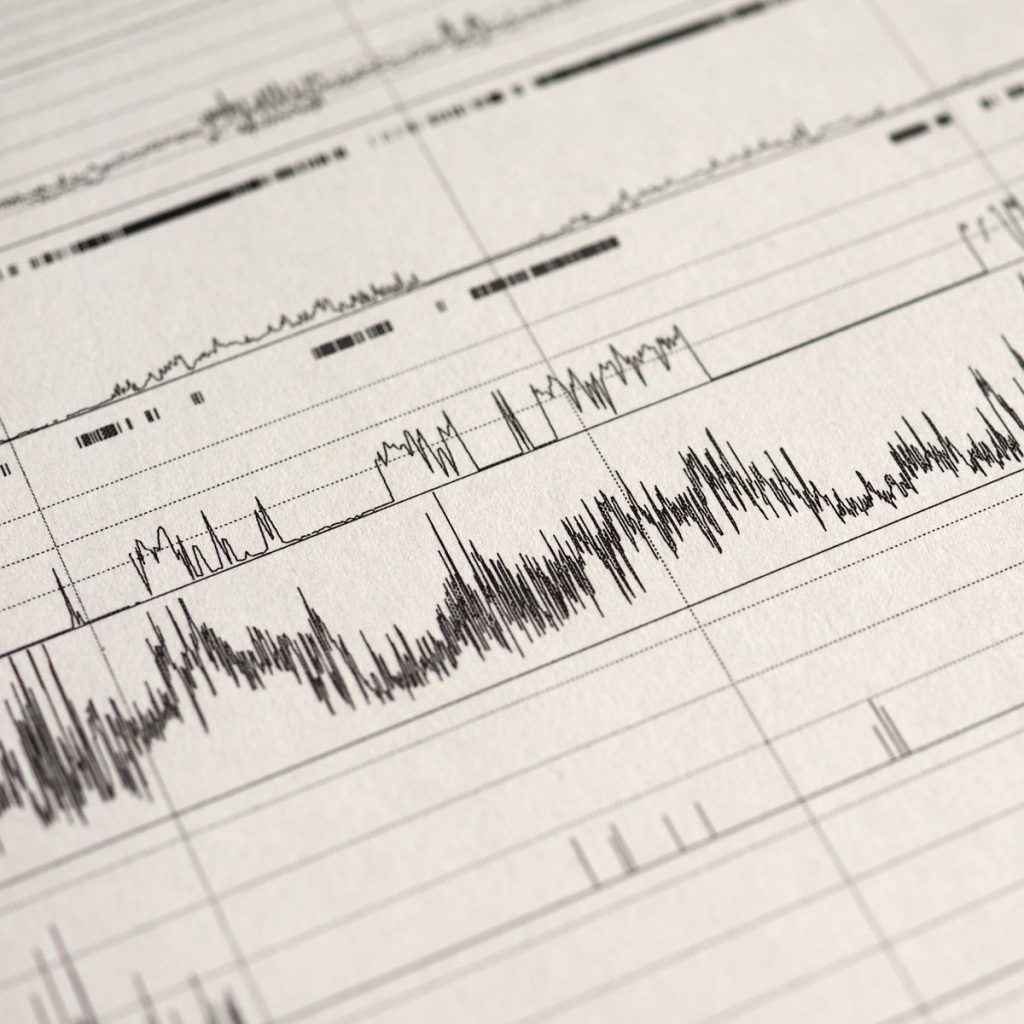One of the most commonly recommended devices is the CPAP machine, yet it’s important to understand precisely what it is and how it works, especially in comparison to alternative solutions like mandibular advancement splints.
Author Archives: Basil Al-Amleh
One question we hear frequently is: “Is sleep apnoea genetic?” The answer is nuanced: yes, genetic and familial factors can increase the risk of developing OSA, but genes are only part of a much broader picture.
Traditionally, testing required an overnight stay in a sleep clinic—but modern technology has enabled home-based solutions that are more practical and cost-effective.
Snoring is more than just noise—it reflects turbulent airflow through an upper airway that is partly collapsible or obstructed during sleep. Understanding why snoring occurs helps clarify how dental and airway interventions can play a role in managing it.
The 3 % rule refers to the criterion that classifies certain breathing disruptions—called hypopneas—if accompanied by a drop in blood oxygen saturation of at least 3 percent or an arousal from sleep.
Ignoring sleep apnoea is far from harmless. Without diagnosis and intervention, this condition can quietly undermine health, compromising everything from the heart to the mind.
Sleep disturbances are more than mere nightly nuisances. They are often silent troublemakers that sap vitality, impair cognition, and strain health. At Optima Sleep, we recognise how vital it is to decode these nocturnal signals early.
Waking up with a throbbing head isn’t just an unfortunate start to the day—it may be a crucial clue pointing to something far more disruptive: sleep apnoea. Known for its hallmark symptoms of loud snoring and interrupted breathing, obstructive sleep apnoea (OSA) also has a less obvious, but highly impactful consequence—headaches.
Sleep apnoea is a condition that often goes unnoticed for years, silently disrupting sleep and health. As one of the most common sleep disorders, particularly obstructive sleep apnoea (OSA).
Sleep apnoea, a stealthy disruptor of peaceful slumber, often hides in the shadows, affecting millions while remaining undetected. The key to unveiling this silent culprit lies in diagnosis—a crucial step towards reclaiming restful nights and ensuring overall health.
- 1
- 2


